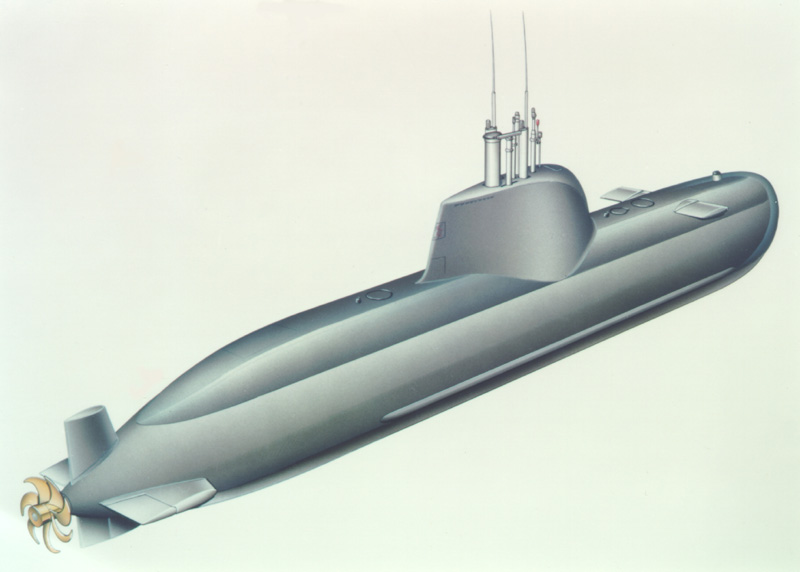 Indian Navy Project-75A: RFIs Issued for Six Advanced Submarines; Rosoboronexport, Armaris, HDW in the Fray
Indian Navy Project-75A: RFIs Issued for Six Advanced Submarines; Rosoboronexport, Armaris, HDW in the Fray
(NSI News Source Info) October 20, 2008: With the Rs 18,798-crore project to construct six French Scorpene killer submarines at Mazagon Docks in Mumbai finally gaining momentum, Indian Navy is now on the look out for six next-generation submarines in a project worth over Rs 30,000 crore. The Navy has clearly specified that under this second line of diesel-electric submarines, called Project-75A, all the six vessels will be equipped with air-independent propulsion (AIP) systems to significantly boost their operational capabilities. "They will also have high degree of stealth, land-attack capability and ability to incoporate futuristic technologies. Like the Scorpenes, they will be built in an Indian shipyard, public or private, with special emphasis on full transfer of technology," said a source. "After we issued RFIs (request for information) to Russian (Rosoboronexport), French (Armaris) and German (HDW) firms, among others, two rounds of discussions have already taken place. Another round will be held soon before we issue the RFP (request for proposal) or global tender in late-2008 or early-2009," he added. Conventional diesel-electric submarines have to surface or snorkel every few days to get oxygen to recharge their batteries. If equipped with AIP systems, they can stay submerged for much longer periods, narrowing the gap with nuclear-powered submarines which can operate silently underwater for virtually unlimited periods. Pakistan, incidentally, commissioned its first Mesma AIP-equipped submarine PNS Hamza last month, the third of the French Agosta-90B submarines it has inducted since 1999. China, of course, is leagues ahead. To China's 57 attack submarines, a dozen of them nuclear ones, India has only 16 diesel-electric submarines — 10 Russian Kilo-class, four German HDW and two virtually-obsolete Foxtrot submarines. Unlike China, which is now also getting ready to induct the new Shang-class (Type-093) nuclear-powered attack submarines, the Indian Navy neither has nuclear submarines, nor SLBM (submarine-launched ballistic missile) capabilities at present, leaving a big hole in India's quest for "a nuclear weapon triad".


















No comments:
Post a Comment